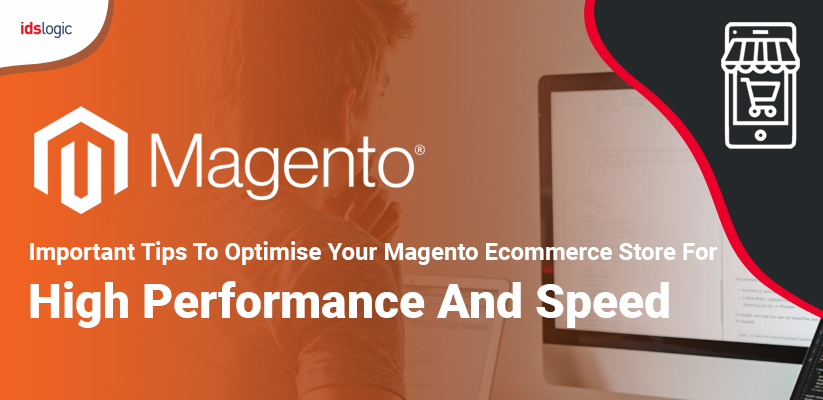
Important Tips to Optimise Your Magento Ecommerce Store for High Performance and Speed
If you have an ecommerce store, then it is very important to boost the performance and speed of your pages so that you don’t miss on any sales opportunities. Choosing a suitable ecommerce platform is the first step of becoming a successful online seller, but with lots of options it becomes difficult at times to choose the best.
Magento is a popular ecommerce platform that comes with rich features and helps to create robust applications that offers a higher degree of customization.
It is easier to scale a Magento store than any other platforms and with Magento 2 development you can bring a great experience to your customers and increase the conversion rate of your business.
Here in this blog, I will help you to adopt some measures that can help you to optimize the performance and speed of your site and help to stay ahead of your market competitors.
Upgrade to the Latest Version:
When we talk about speed and performance there are some factors that have a direct impact on the user experience and so it is important to ensure that the store is functioning fast and as the speed may affect the SEO rankings, sales and cart abandonment.
If you are a Magento store owner, then the first thing that you need to do is to upgrade your store to the latest version. Magento notifies the users of any crucial update which becomes available and the current version of Magento 2 is packed with security patches, bug fixes and performance improvements.
So, upgrading to the latest version will help you to optimize your website for best performance.
Optimization of Images:
In an ecommerce website, images play a crucial role as there are lots of images related to the products. So, it is important to optimize the product images as it offers a significant impact of the loading time of the store pages.
It is very important to compress the images by using a photo editing tool for example Photoshop before we upload any images on the site.
By doing this we can optimize the images and you can also use some speed optimization extensions that can help in CSS/JS concatenation and minification.
Also Read: Magento SEO Best Practices to Follow to Gain Visibility and Ranking
Utilizing Caching:
There are various forms of caching, which can be used for a Magento site in order to improve the speed of the site.
Magento comes with an inbuilt caching module together with the option of installing the 3rd party modules.
Many Magento store owners have significant improvements by using a different caching mechanism and you can also enable the built in caching mechanist of Magento which is easier to use.
Limit Using Extensions and Modules:
The more Magento modules or extension you will have on your store, the more HTTP requests are going to be sent. This is beside the load of JavaScript and CSS files and it will increase the load time of the site.
So the best means is to limit the use of your extensions and modules and install only the ones that are most needed.
If you have any modules installed on your store, which are not of much use, then it is better to disable them and increase the speed and performance of your Magento site.
Choose a Fast Web Hosting Service Provider:
Another most important thing is to choose a reliable Magento hosting service provider who can help to improve the performance of your site.
To ensure that the store performs optimally, you should stay away from the standard offering or shared hosting services.
The best means is to choose the managed cloud hosting provider that helps you to have complete control on the control panel.
Also Read: Magento Ecommerce Customer Experience Trends in 2020